Urban Forestry workshops and volunteer opportunities
This page offers tree-related volunteer opportunities throughout the year. Visit the city’s Calendar of Events for a list of citywide volunteer opportunities.
If you would like to be placed on our mailing list and receive monthly updates about upcoming events, plantings and volunteer opportunities, download and return the Volunteer Interest Form, call 360-487-8308, or send us an email.
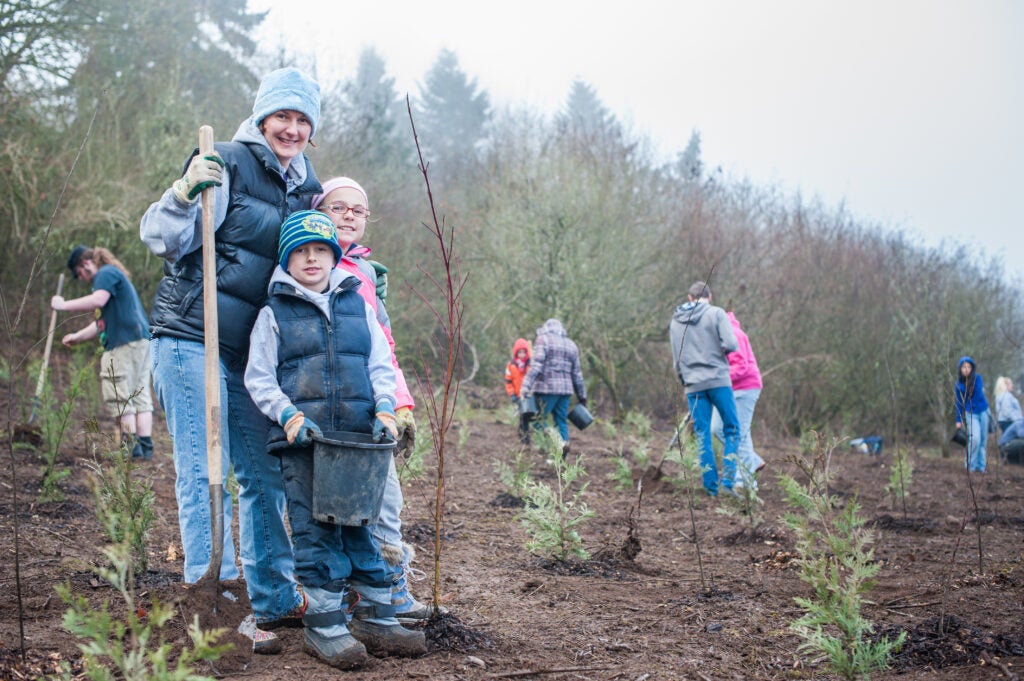
Become a Neighborhood Tree Steward!
Do you like trees? Are you interested in our urban natural resources? Want to make your neighborhood greener? Become a Tree Steward for your neighborhood!
The six-session series will be held virtually on Thursday evenings and in-person field days on Saturday mornings from May 1 to 15, 2025.
Tree Stewards receive free education from local arborists on tree identification, tree selection and planting, proper pruning, Vancouver tree regulations, trees and construction, common disorders in trees, tree inventory, and learn how to connect with city staff across many departments to help green their neighborhoods.
Learn more about Neighborhood Tree Stewards
Neighborhood Tree Stewards receive free education from local arboriculture (tree) experts on:
- tree identification
- tree biology
- proper tree care
- Vancouver tree regulations
- tree planting
- natural area restoration
- the benefits of trees
After the training, the Tree Stewards will be equipped to take on the task of spreading accurate information about trees to their own neighborhoods. Tree Stewards volunteer to conduct a tree planting or tree-related education project in exchange for the training and education they receive. The Urban Forestry staff will offer guidance and assistance throughout the project.
The need for more urban forestry education is documented in the City of Vancouver’s Urban Forestry Work Plan. The plan identifies community members as major players in the implementation of the work plan because the city depends on property owners to care for trees on their private property as well as the trees in the right-of-way adjoining their property. Fully two-thirds of Vancouver’s existing tree cover is on private property. However, property owners often have limited knowledge of tree regulations or tree management. Evidence of mismanaged trees is visible all over the city: it is estimated that at least 30% of Vancouver’s street trees have been topped; many trees have been unnecessarily removed and have not been replanted; trees are planted in inappropriate locations; many trees do not receive adequate watering, pruning and other care.
Trees provide important environmental, social and economic benefits to all of us. To better integrate property owners in the management of the urban forest, they need to understand the various aspects of urban forestry management and tree care. By understanding the benefits of and threats to the urban forest, the resources available, and the roles of the many partners, property owners can make better tree care decisions as well as be advocates for the trees in their communities.
Call 360-487-8308 for details or email Urban Forestry.
Neighborhood Tree Stewards is coordinated by the Urban Forestry Division of Vancouver Public Works Environmental Resources Division. Partners include Friends of Trees, AKS Engineering, Watersheds Alliance and the City of Vancouver.
TreeTalk workshops
We offer series of free, educational workshops all about trees. Get your hands dirty with on-hands learning!
Look for upcoming workshops on the City event calendar.
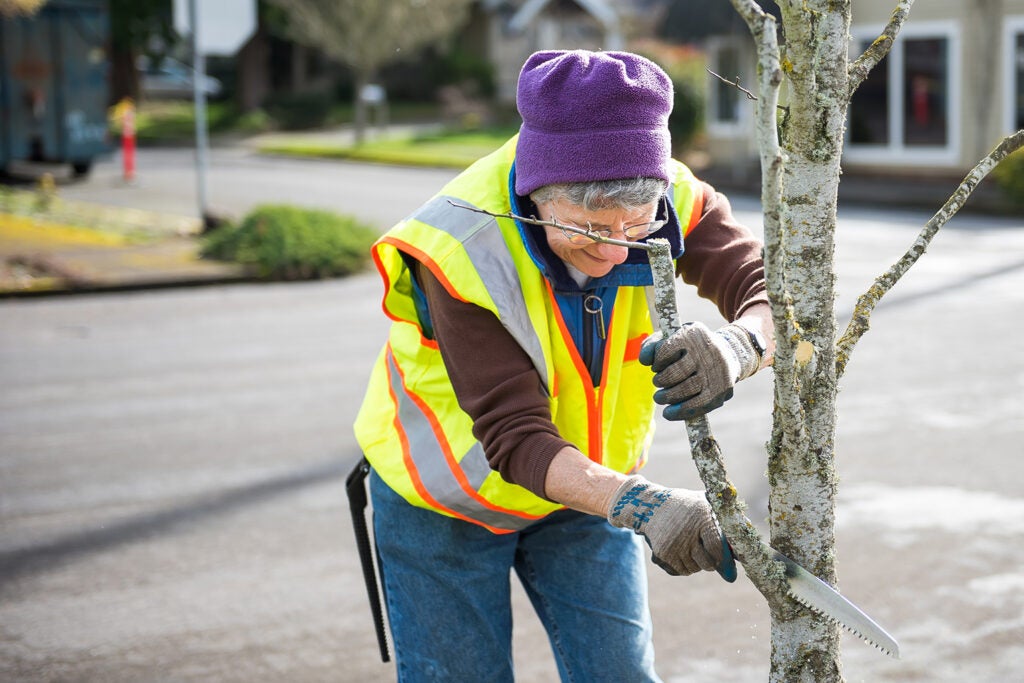
Neighborhood plantings
Spruce up your neighborhood by joining us for a tree planting event.
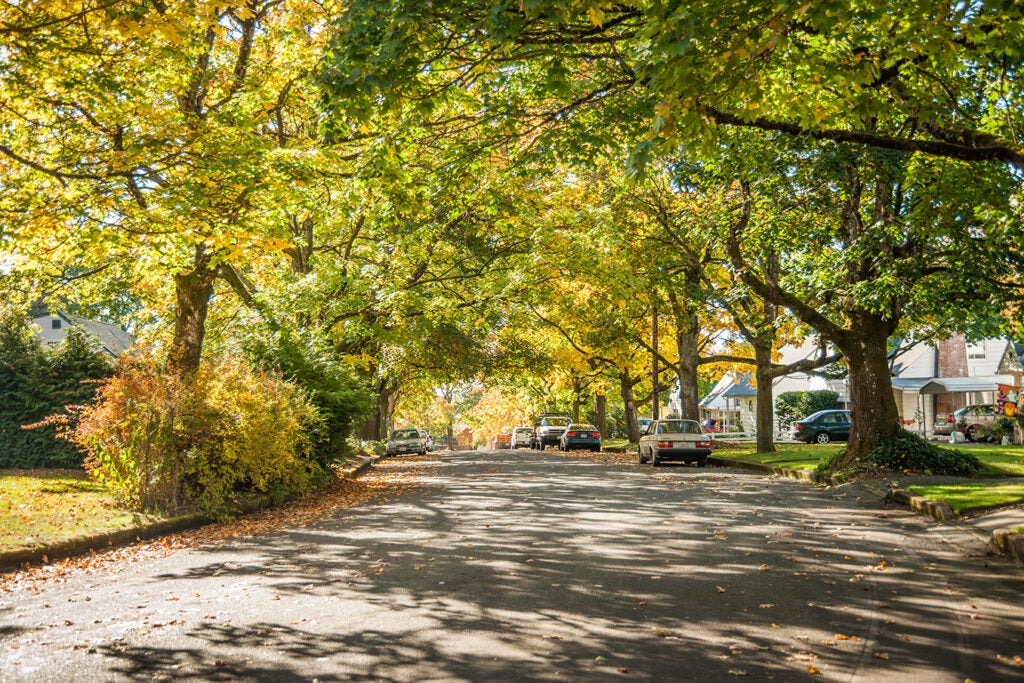
Friends of Trees neighborhood plantings
Join our non-profit partner, Friends of Trees, for a volunteer tree planting! Gloves, tools, and training are provided, just show up dressed for the weather. Neighborhood volunteers will provide a potluck lunch after the planting. To sign up for a list of trees available to plant at your home, either along the curb in the right-of-way or within your property line, visit the Friends of Trees website. For more information or to RSVP as a party of five or more, email Friends of Trees.
Neighborhood park plantings
Does your neighborhood park need more trees? Contact Urban Forestry to learn more.
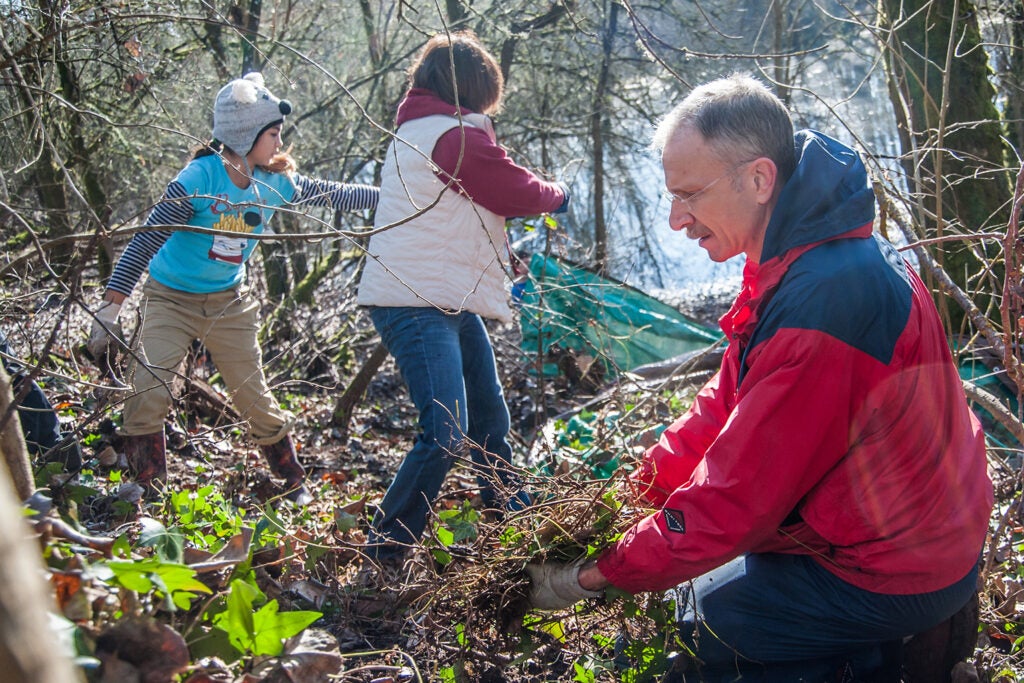
Natural areas
Several natural area sites throughout Vancouver have an ongoing restoration need. Projects at each site include young tree care, mulching and removing invasive plants. Sign your group up for a time that meets your needs.
Our natural areas need your help! Learn about the Adopt-A-Park program and consider lending a hand at these or other natural areas across the city:
- Clay Canyon, Vancouver Heights neighborhood
- Starke Park, Fircrest neighborhood
- Ellsworth Springs East, Ellsworth Springs neighborhood
Please email Urban Forestry or call 360-487-8308 for details or to schedule a work party. Training, materials, and tools are provided.
Self-guided tree tours
Take time to explore our City’s trees at your pace. Enjoy a leisurely stroll while learning about the tree species that make up our expansive urban canopy.
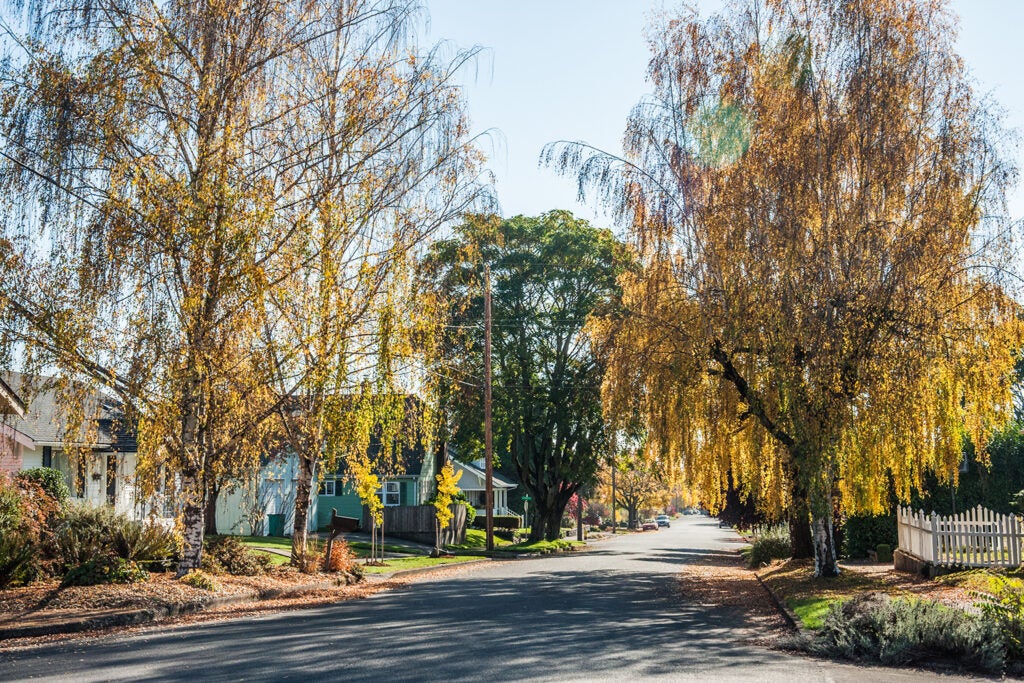
Esther Short Park
Take time to explore the many trees of Esther Short Park at your pace. View the old giants, including Douglas fir, Norway Maple, and Giant Sequoia and some of the newer additions of Ginkgo, Tuliptree, and Dawn Redwood.
Lincoln Neighborhood
The Lincoln Neighborhood tree map is a nice opportunity to see what different trees look like during each season; this is a nice selection of urban-tolerant trees that grow well in planting strips and yards.
Parkside and Parkway East Neighborhoods
The Parkside and Parkway East Neighborhoods tree tour map offers a flat 2.5 mile self-guided loop through northeast Vancouver, featuring examples of trees for small planting strips, shade-providing trees for yards, majestic mature conifers, and historic specimens and groves that connect us to our past.
Harney Heights Neighborhood
Follow the Harney Heights Neighborhood tree tour map to interpret the area’s history while exploring the diverse trees found throughout, dating from World War II-era housing to the last decade.
Interested in holding a tree walk to increase community engagement with trees and community involvement in your neighborhood? Contact Urban Forestry to learn more.

